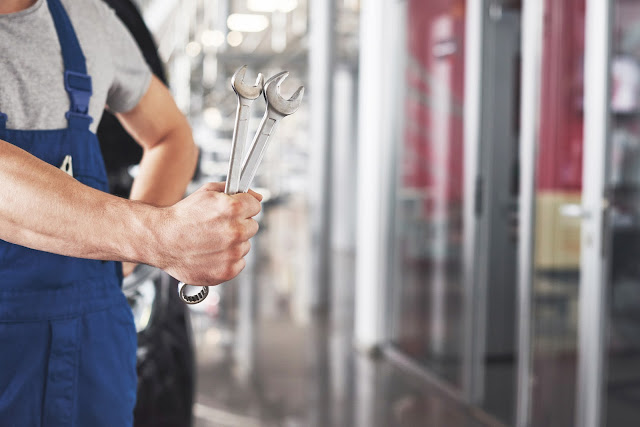5 Signs It’s Time to Replace Your Bridge Saw Blade
Bridge saw blades are the heart of any stone fabrication project. Whether you’re cutting granite, quartz, or marble, a sharp, reliable blade is essential for clean cuts, speed, and safety. But even the highest-quality blades wear down over time -and continuing to use a dull or damaged one can compromise your work, your tools, and even your reputation.
If you’re noticing inconsistent performance or quality dips, it might be time for a closer look at your blade. Here are the top five signs it’s time to swap it out before it costs you more than just time.
1. Cuts Are Slower and Less Precise
One of the earliest signs your bridge saw blade is past its prime is a noticeable drop in cutting speed. If you’re applying more pressure just to make standard cuts or the blade starts to veer off-line, the diamond segments may be glazed or worn down. This not only slows production but risks damaging the stone surface.
Keep in mind: precise, fast cuts require the right tools in peak condition. For professionals in the area, upgrading to quality Cutting Tools & Blades in Dallas can make all the difference.
2. Visible Chipping or Burn Marks on the Stone
When a bridge saw blade begins to degrade, it often leaves a trail of evidence behind -literally. Chipping along the cut lines, scorch marks, or unusual surface textures are all signs that the blade isn’t doing its job cleanly. This can result in rework, wasted material, and dissatisfied clients.
Avoid costly errors by staying ahead of wear. Combine sharp blades with supporting tools like Polishing Pads & Sandpaper in Dallas to restore a clean edge and professional finish.
3. The Blade Makes Excessive Noise or Vibrates
A well-balanced bridge saw blade should run smoothly. If you notice louder-than-usual cutting noise, abnormal vibrations, or wobbling, the blade may be warped or unbalanced. These issues can lead to inaccurate cuts and increased wear on your saw’s motor.
Before it escalates into equipment damage, inspect your blade setup and, if needed, replace it. Proper maintenance -including checking for alignment and using the right material handling equipment in Dallas -extends the life of both your blade and your machine.
4. Increased Heat and Dust Generation
Excessive heat buildup or an unusual amount of dust during cutting can indicate that your blade isn’t performing efficiently. This could mean the diamonds are no longer exposed, or the bond matrix is worn out. Not only does this impact performance, but it can also pose a safety hazard to the operator.
Keeping your work environment clean and safe goes hand in hand with the right tools. Supplement your cutting process with premium accessories like Coring Tools & Accessories Near You for dust control and precision support.
5. You’ve Reached the End of the Blade’s Lifespan
Every blade has a recommended lifespan, typically measured by square footage cut or the type of material used. If you’ve cut more than the blade is rated for, it’s time for a replacement -regardless of whether it’s showing obvious signs of damage. Continuing to use an overworked blade will only compromise quality and safety.
To maintain peak performance, many fabricators use black wax bar during finishing steps to enhance the blade’s longevity between changes. But even with the best care, replacement is inevitable.
The Final Cut
In the fast-paced world of stone fabrication, every detail matters. A worn-out bridge saw blade may seem minor, but it directly impacts your work’s precision, appearance, and overall efficiency. Whether you’re working with quartz slabs, granite counters, or large-format porcelain, using a sharp, reliable blade is non-negotiable.
For the professionals in Dallas, investing in high-performance Cutting Tools & Blades in Dallas and staying equipped with proper accessories ensures smooth, safe, and stunning results. Don’t wait until your equipment forces your hand -replace your blade at the right time and stay one step ahead on every cut.




Comments
Post a Comment